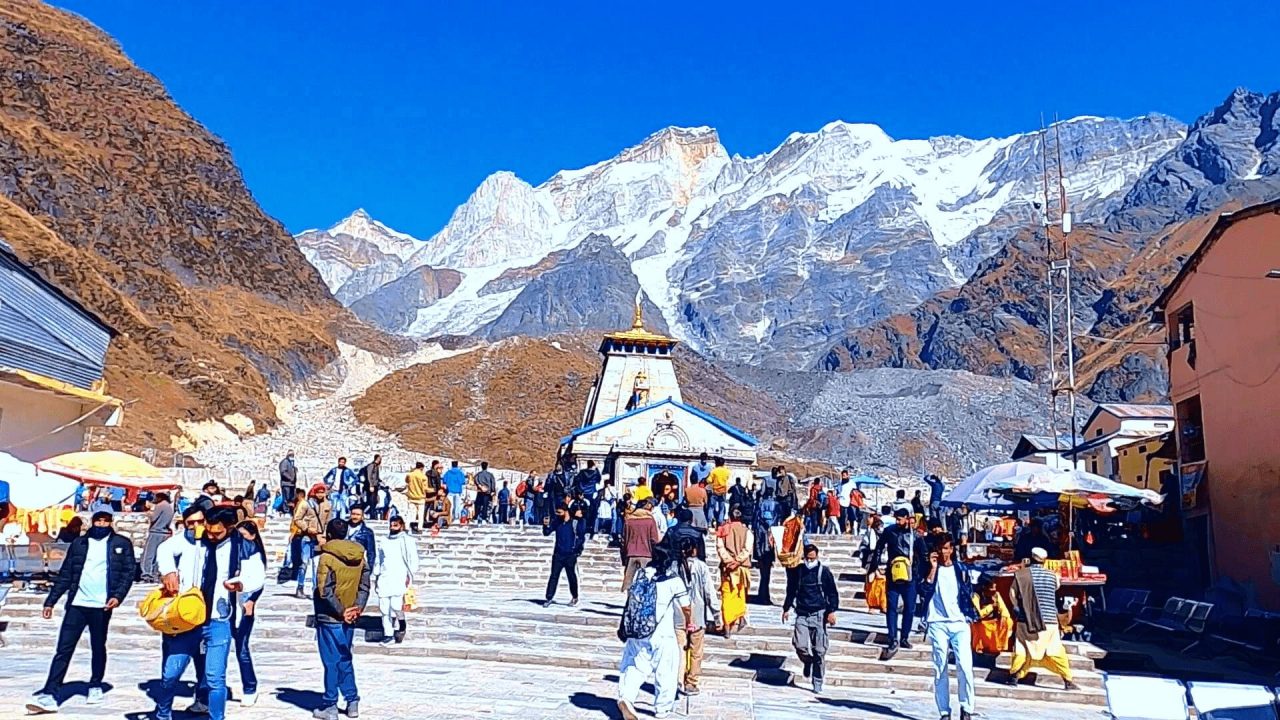Badrinath Temple is one of the most famous temples of Lord Vishnu situated on the banks of river Alaknanda in Chamoli district of the Indian state Uttarakhand. It is one of the most sacred places mentioned in Sanatan Dharma. This temple is one of the Char Dham in India, besides it is also counted among the Chota Char Dham. The temple is also known as Badri-Vishal and Badrinarayan Mandir. The surrounding city is called Badrinath after the name of the temple. By joining the Badrinath Temple with the other four nearby temples (Yogadhyana-Badri, Bhavishya-Badri, Vridh-Badri and Adi Badri), the whole group is known as “Panch-Badri”. The Badrinath temple is situated at an altitude of about 3,133 meters (10,279 ft) in the Garhwal region of the Himalaya. Due to extreme weather conditions the temple is only open for six months (late April to early November).
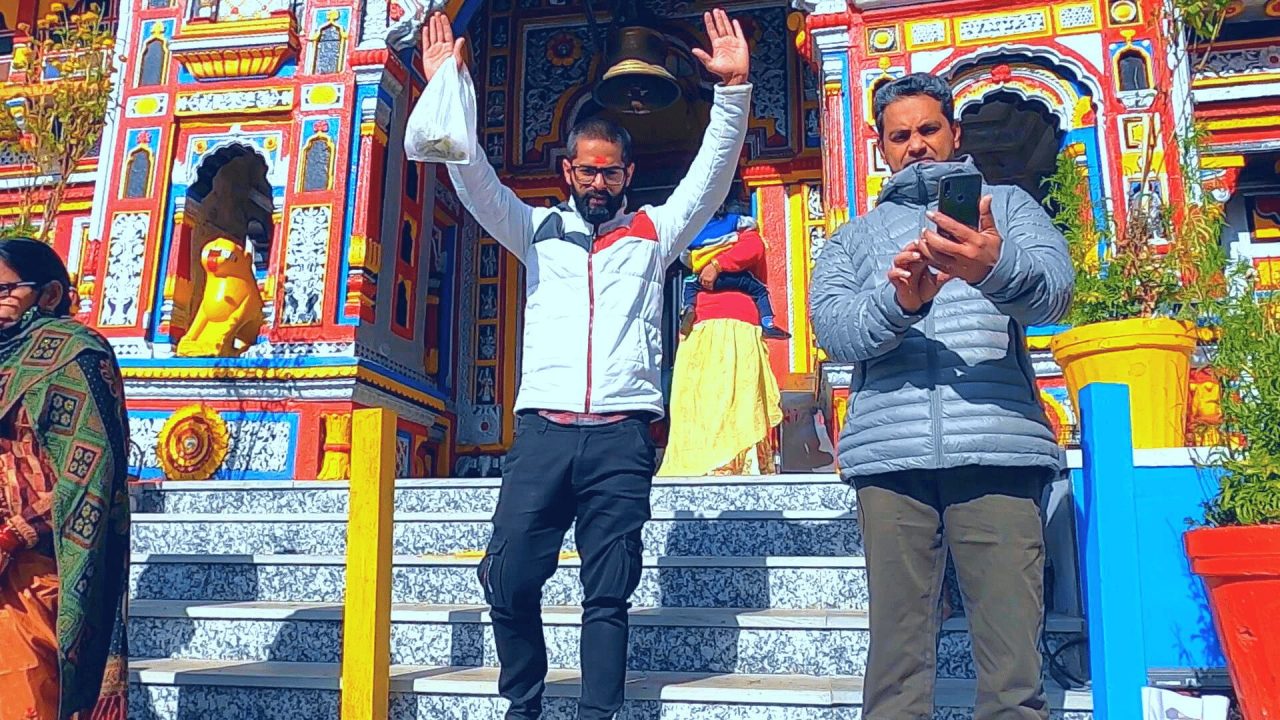
The main entrance of Badrinath temple is colourful and grand which is known as Singhdwar. The temple is about 50 feet tall and a small dome at the top. At the main door of the temple, right in front of the idol of the Lord Vishnu, sits the idol of the bird Garud ( vehicle of Lord Badrinarayan ) who is praying with folded hands. The walls and pillars of the temple are covered with beautiful carvings. Badrinath temple is divided into three parts :- Garbh-grah, Darshan Mandap and Sabha Mandap.
In the Garbh Grah, Lord Badri-Narayan, Kuber, Naarad Rishi, Uddhava, Nar and Narayan idols are there. The main attraction is the one meter high finely carved idol of Lord Badrinath, made of Shaligram ( black stone). In the Darshan Mandap, Lord Badri Narayan holds a conch shell ( Shankh ) in one hand and a chakra in the other, the other two arms are in yoga posture. In the Sabha Mandap all the pilgrims are gathered .
The story
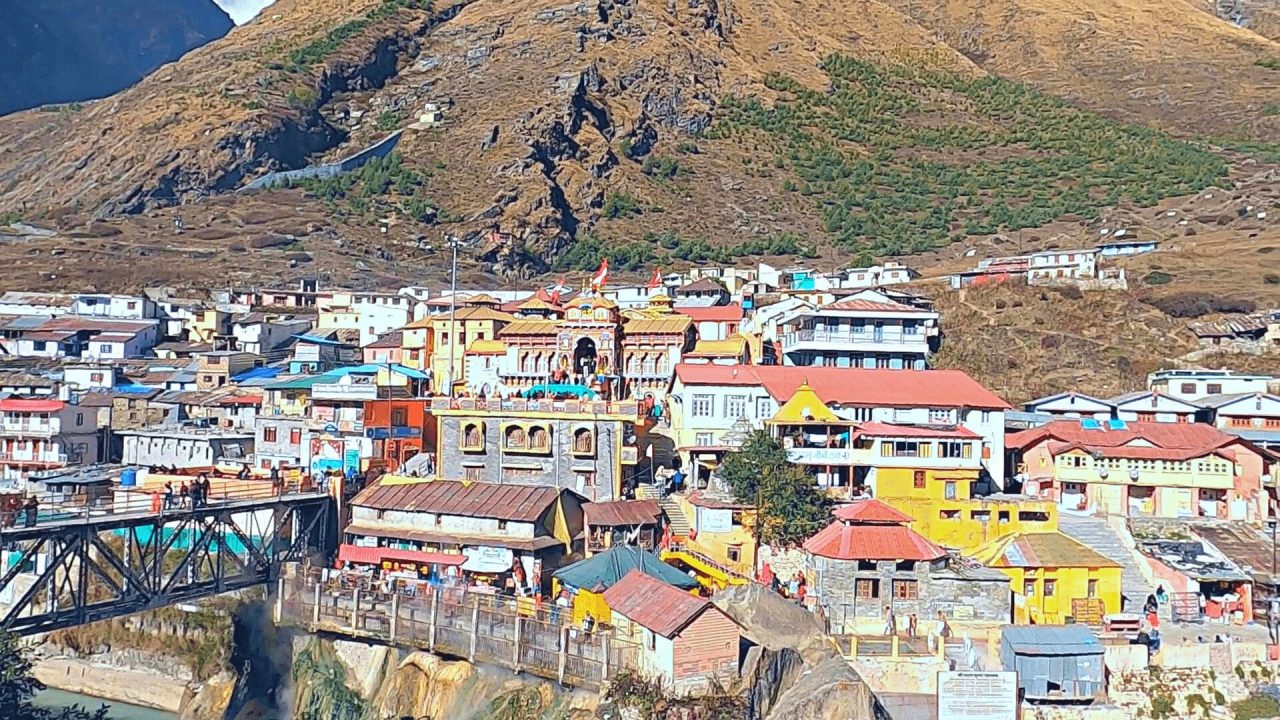
According to the mythology, Adi Shankaracharya discovered a Shaligram ( black stone) idol of Lord Badrinarayan from the Alaknanda river. He originally established the idol in a cave near the Tapt Kund (hot spring). In the sixteenth century, the king of Garhwal shifted the idol to the present location of the temple.
The name of Badrinath temple is derived from the local word Badri, which is a type of wild berry. It is said that when Lord Vishnu was sitting here in penance, his wife Goddess Lakshmi took the form of a plum tree (बेर का पेड़) and shaded him from heavy snowfall and the sun. When Lord Vishnu have completed his penance and saw how the Goddess Lakshmi shaded him, then he gave a boon to Goddess Lakshmi that she also will be worshiped here and gave the name of Badri-nath to this place.
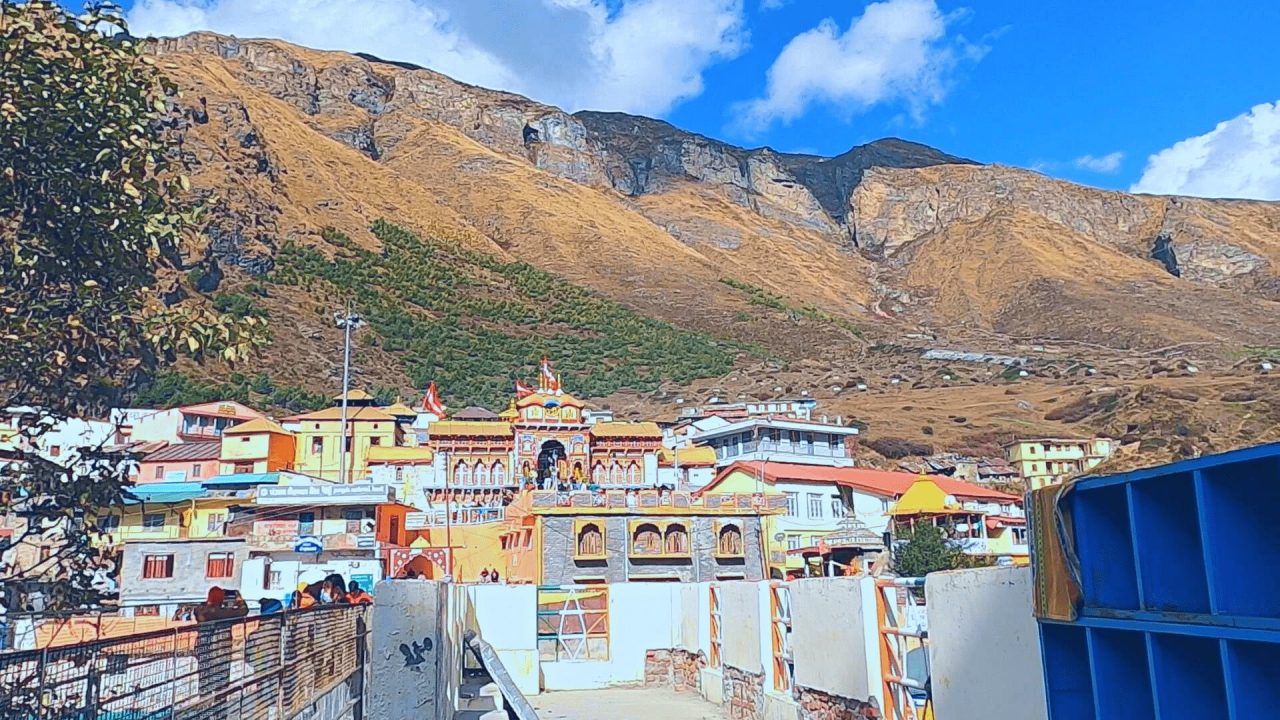
It is also said that, when Buddhism was spreading in the Himalayan range and there was concern that Hinduism was losing its importance and glory. Then Shri Adi Shankaracharya built temples of Lord Shiva and Vishnu in the Himalayas to bring back the glory of Hinduism. This place is also related to the Pandav brothers, the Pandav brothers along with Draupadi, went for their last pilgrimage to Swargarohini after visiting Badrinath.
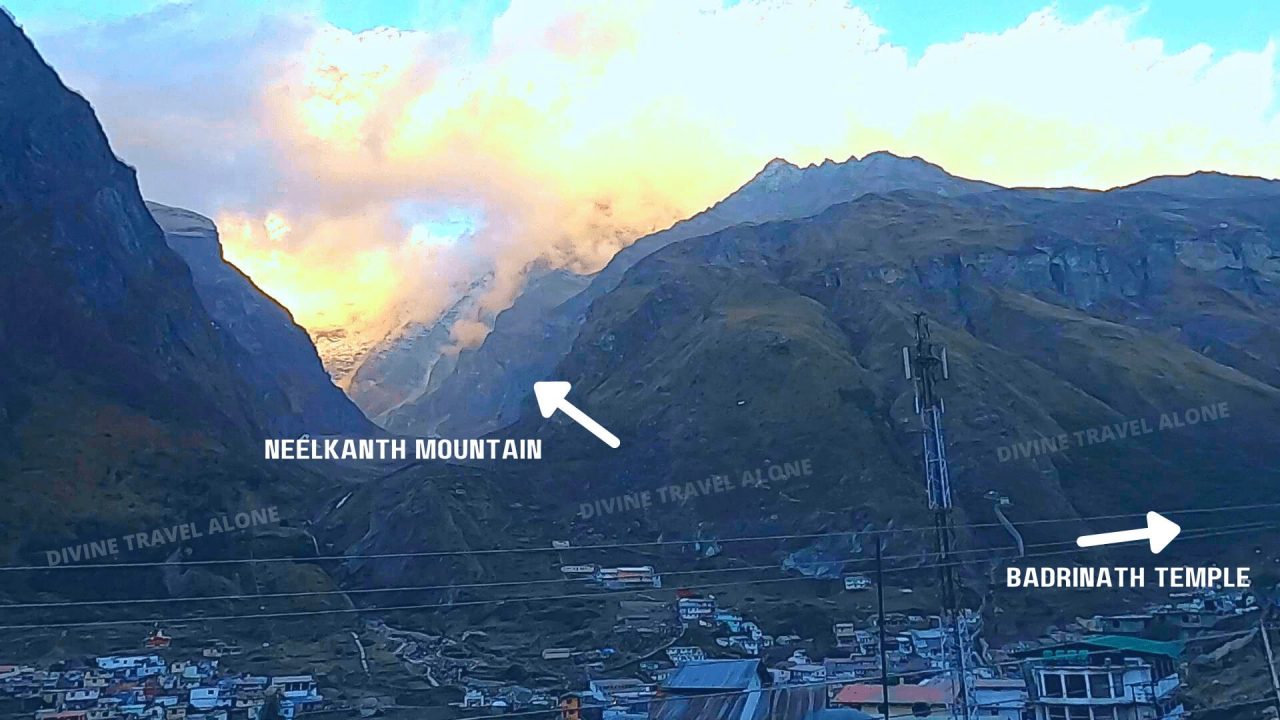
According to Skand Puran, “There are many holy temples in heaven, on earth and in hell, but there is no temple like Badrinath.”
According to the Vaaman Puran, the sages Nar and Narayan ‘the fifth incarnation (form) of Lord Vishnu’ did penance here.
Great sages like Kapil Muni, Gautam and Kashyap did penance here, devotee Naarad attained salvation (Moksh) and Lord Krishna was more attached to this place. Religious scholars like Shri Adi Shankaracharya, Shri Ramanujacharya, Shri Madhvacharya and Shri Nityananda came here to attain enlightenment and peace of mind.
Badrinath Temple is located at distance of 315 KM from Haridwar and 530 KM from Delhi, Nearest Airport is Jolly Grant, Dehradun.
Video Suggestions
Blog Suggestions
Follow us


